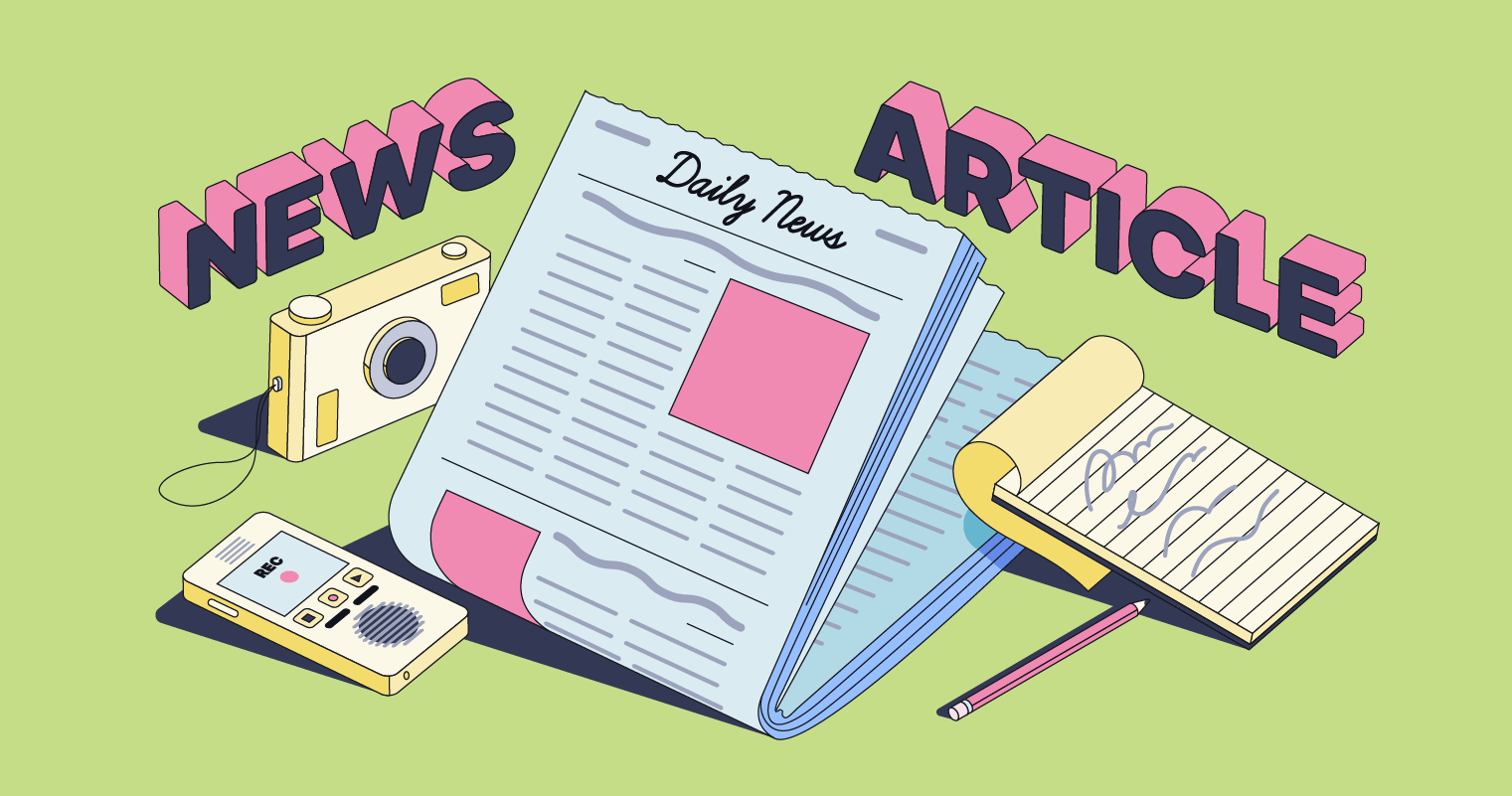The Ultimate Guide To News Articles
News Articles for Dummies
Table of ContentsNews Articles Things To Know Before You BuyAbout News ArticlesNews Articles - Questions6 Easy Facts About News Articles DescribedSee This Report about News Articles
Good understanding of different subjects provides students an affordable edge over their peers. Also though digital and social media are conveniently easily accessible, we ought to not neglect exactly how essential it is to review the newspapers. Moms and dads should try and instill the practice of checking out a paper as an everyday routine to proceed the legacy of the adored print medium.Newspaper article additionally include at least one of the adhering to essential attributes family member to the desired audience: distance, prestige, timeliness, human interest, curiosity, or effect. The related term journalese is in some cases made use of, typically pejoratively, to describe news-style writing. An additional is headlinese. Newspapers typically comply with an expository writing style.
Within these restrictions, information tales additionally intend to be detailed. Among the larger and much more recognized papers, justness and balance is a major factor in offering details.
Papers with an international audience, for example, often tend to make use of a much more official design of composing. The particular choices made by an information outlet's editor or editorial board are often collected in a design guide; common design overviews include the and the US Information Design Book. The main objectives of information writing can be summed up by the ABCs of journalism: accuracy, brevity, and quality.
About News Articles
As a policy, journalists will not make use of a lengthy word when a brief one will certainly do. Information authors try to avoid using the same word much more than once in a paragraph (in some cases called an "echo" or "word mirror").
Headlines sometimes omit the topic (e.g., "Jumps From Watercraft, Catches in Wheel") or verb (e.g., "Feline woman lucky"). A subhead (also subhed, sub-headline, subheading, subtitle, deck or dek) can be either a subordinate title under the main heading, or the heading of a subsection of the article. It is a heading that comes before the primary text, or a group of paragraphs of the major message.

Additional billboards of any of these types may show up later on in the short article (particularly on succeeding web pages) to attract additional analysis. Such signboards are likewise utilized as reminders to the short article in various other areas of the publication or website, or as promotions for the item in various other magazine or sites. Typical framework with title, lead paragraph (summary in bold), various other paragraphs (details) and get in touch with information.

Example of a hard-lead paragraph NASA is suggesting one more area job. The firm's budget plan demand, announced today, included a strategy to send out another goal to the Moon. This time the company intends to develop a long-lasting center as a jumping-off place for various other space experiences. The spending plan requests approximately $10 billion for the project.
An "off-lead" is the second most essential front web page information of the day. To "bury the lead" is to start the short article with background details or information of second significance to the visitors, forcing them to read more deeply right into a short article than they ought to have to in order to uncover the necessary points.
The Main Principles Of News Articles
Common usage is that one or more sentences each develop their very own paragraph. Reporters normally describe the company or framework of an information tale as an inverted pyramid. The essential and most intriguing aspects of a story are put at the beginning, with supporting information following in order of decreasing significance.
It enables people to check out a subject to just the depth that their interest takes them, and without the charge of details or subtleties that they might consider irrelevant, however still making that info available to much more interested viewers. The inverted pyramid structure also allows write-ups to be trimmed to any kind of approximate size throughout layout, to fit in the space available.
Some writers start their stories with the "1-2-3 lead", yet there are several kinds of lead offered. A twist can refer to numerous things: The last story in the news broadcast; a "happy" tale to end the show.
Longer posts, such as publication cover posts and the pieces that lead the within sections of a paper, are recognized as. Feature stories vary from straight news in a number of methods.
Getting My News Articles To Work
The journalist often details communications with meeting subjects, making the item a lot more individual. A feature's very first paragraphs often associate an appealing minute or event, as in an "unscientific lead". From the particulars of an individual or episode, its view promptly widens to generalizations about the tale's topic. The section that signals what a feature has to do with is called the or signboard.

The Editor's Tool kit: A Recommendation Guide for Beginners and Professionals (2001) Allan M. Siegal and William G. Connolly. The New York City Times Manual of Style and Usage: The Authorities Design Overview Used by the Writers and Editors of the Globe's A lot of more info here Reliable Newspaper (2002) M. L. Stein, Susan Paterno, and R.